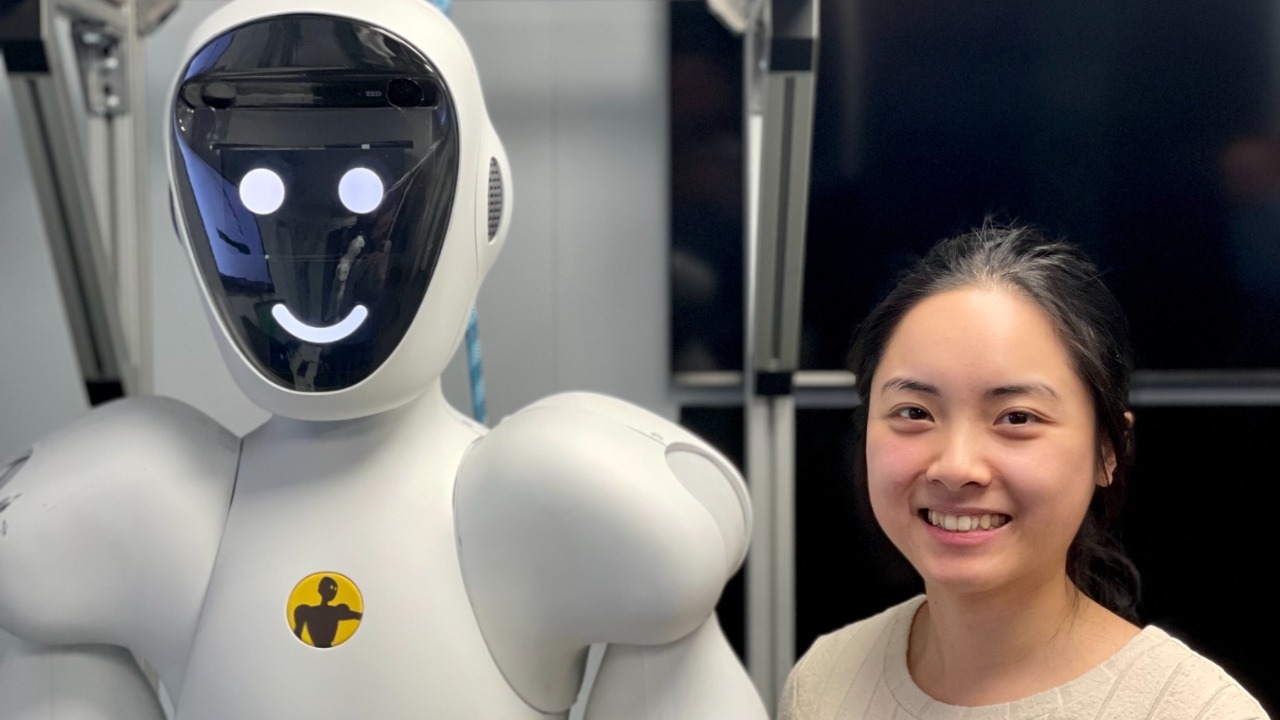
Science fiction has often been the precursor to real-life scientific and technological advancements. The imagination of authors and filmmakers has proven time and again to be a reliable forecaster of future innovations. Here are nine instances where science fiction has transitioned into science fact.
From Star Trek’s Communicators to Modern-day Smartphones

The handheld communicators used by the crew of the Starship Enterprise in the original “Star Trek” series bear a striking resemblance to our modern-day smartphones. Captain Kirk and his team used devices that could call, locate people, and provide data, much like the capabilities of today’s mobile devices.
Indeed, the resemblance is so uncanny that Martin Cooper, the inventor of the first mobile phone, acknowledged that the Star Trek communicator was his inspiration. This is a clear example of how science fiction has influenced the development of real-world technology.
The Birth of Artificial Intelligence: HAL 9000 to Siri
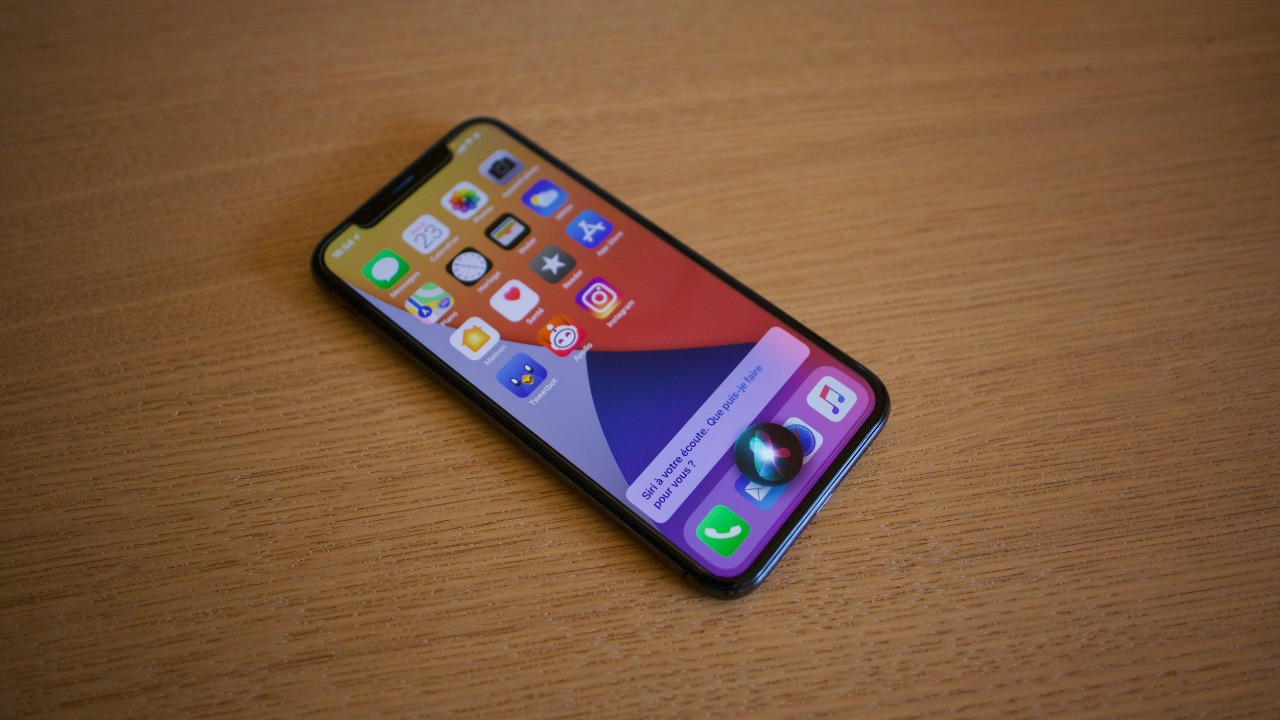
In Stanley Kubrick’s 1968 film “2001: A Space Odyssey”, the HAL 9000 computer showcased an early concept of artificial intelligence. HAL could understand human speech, make decisions, and even display emotions. Fast forward to today, and we have Siri, Google Assistant, and Alexa, virtual assistants that use AI to perform tasks, answer questions, and even tell jokes.
While we’re not yet at HAL’s level of advanced AI, the reality is that we’re heading in that direction, as AI becomes an increasingly integral part of our daily lives. This is a prime example of how science fiction has become science fact.
Augmented Reality: From Minority Report to Google Glass
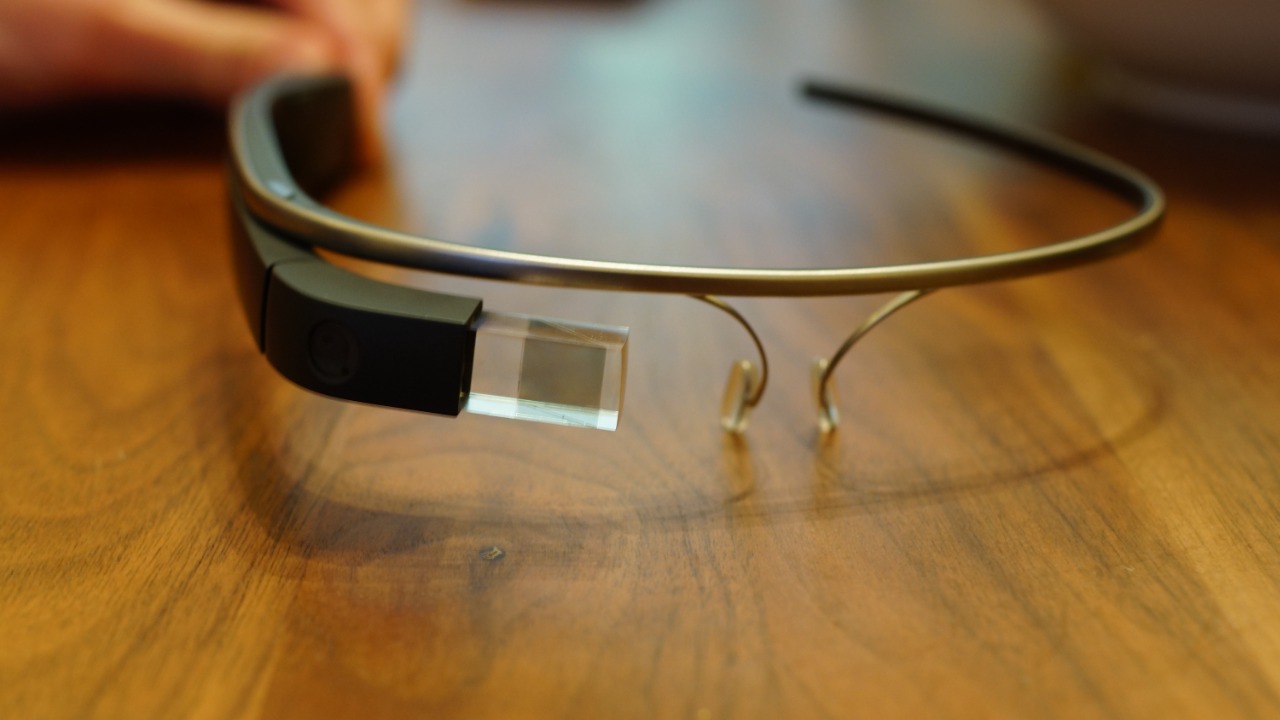
In the 2002 movie “Minority Report”, Tom Cruise’s character uses a computer interface that involves gesturing in mid-air to manipulate a screen filled with data. This was a glimpse into the future of augmented reality (AR). Today, we have devices like Google Glass and various AR apps that overlay digital information onto our physical environment.
While we may not be as slick as Tom Cruise in handling data, the principle remains the same. Augmented reality, once the stuff of science fiction, is now part of our everyday world.
The Journey from Isaac Asimov’s Robots to Real-life Robotics
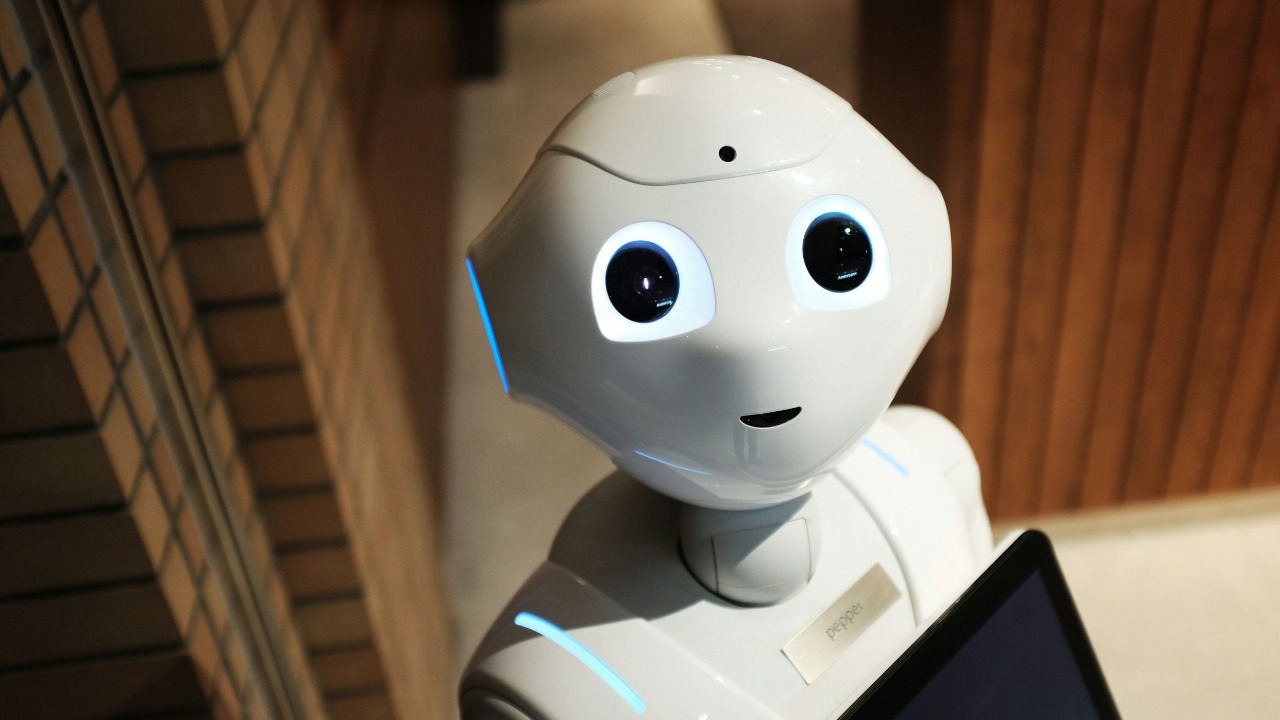
Isaac Asimov’s robot stories of the mid-20th century laid the foundation for modern concepts of robotics. His “Three Laws of Robotics” have influenced real-world robotics research and development. Today, we have robots performing a variety of tasks, from manufacturing and surgery to exploration and companionship.
While we’re still far from having robots like those in Asimov’s stories, the basic principles he laid out are very much a part of today’s robotics research.
H.G. Wells’ Martian Heat-Ray to the Directed Energy Weapons
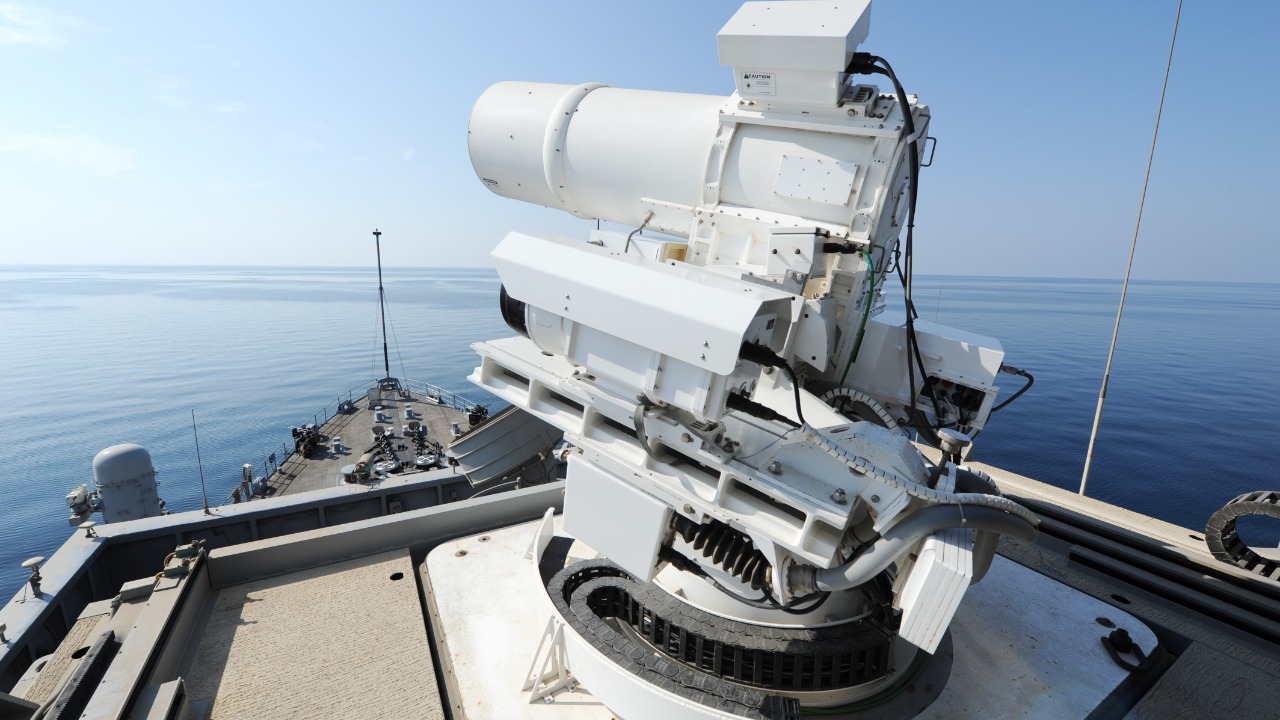
H.G. Wells’ “War of the Worlds” introduced the concept of a heat-ray weapon, a precursor to what we now know as directed energy weapons. Today’s military technology includes devices that can focus energy on a target to damage or destroy it. These include laser weapons and microwave-based systems.
While we’re not yet at the point of having portable heat-ray guns, the basic concept that Wells introduced is now a reality in military technology.
From Jules Verne’s Nautilus to Today’s Nuclear Submarines

Jules Verne’s “20,000 Leagues Under the Sea” features the Nautilus, a submarine far ahead of its time. Powered by a mysterious form of energy, it could travel under the sea at incredible speeds. Today, nuclear submarines, which can stay submerged for extended periods and travel at high speeds, are a reality.
While the Nautilus was powered by a fictional energy source, its concept has found actualization in today’s nuclear-powered submarines.
From Dick Tracy Comics to the Rise of Smartwatches

Dick Tracy, the comic strip detective, was known for his two-way wrist radio, a communication device worn like a watch. Today, smartwatches are commonplace, allowing us to make calls, send messages, track our fitness, and much more.
The technological leap from a comic strip to reality is a testament to how science fiction can inspire real-world innovation.
‘Pre-crime’ Concept to Predictive Policing
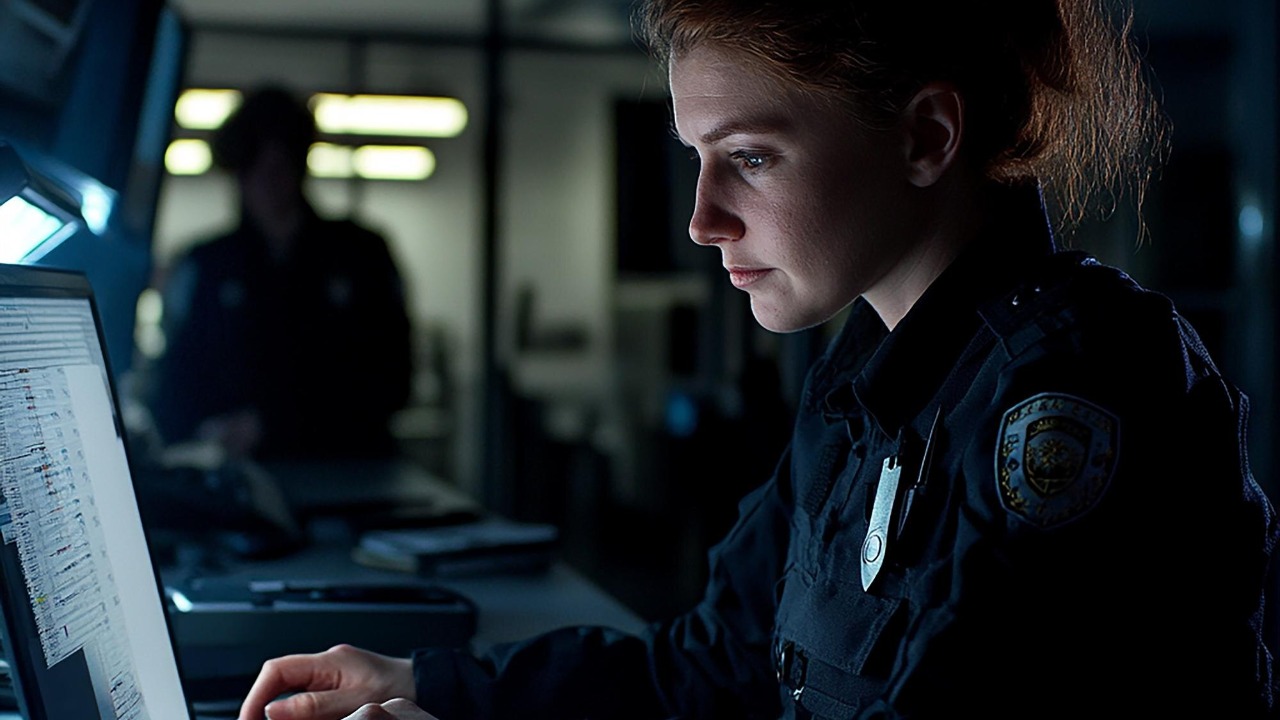
In “Minority Report”, a specialized police department apprehends criminals based on foreknowledge provided by three psychics called “precogs”. Today, predictive policing uses algorithms and data to anticipate where crimes are likely to occur.
While today’s methods don’t involve psychics, the basic concept of using information to predict crime is now a reality.
The Evolution of Cybernetics: From The Six Million Dollar Man to Modern Prosthetics

The 1970s TV show “The Six Million Dollar Man” featured a former astronaut enhanced with bionic implants that give him superhuman abilities. Today, advanced prosthetics and implants enhance human capabilities, helping people with disabilities lead better lives.
While we’re not yet at the stage of having bionic superhumans, the advancements in prosthetics and implants indicate that we’re heading in that direction, another example of how science fiction has become science fact.